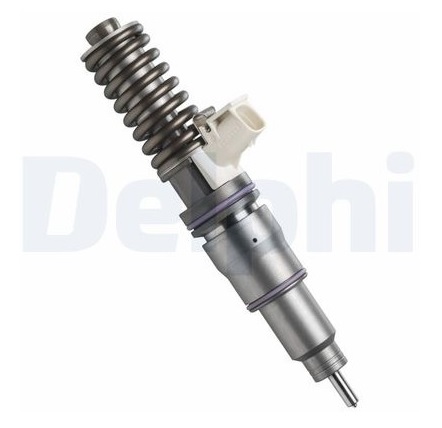💥 Carburetion, fuel injection, turbos, and intercoolers
In this article, we’ll explore the end of carburetion and the rise of fuel injection, with a special focus on the evolution that has revolutionized engine performance, efficiency, and emissions.
The quest for more power, greater speed, better fuel economy, increased reliability, and, of course, fewer emissions, has been an ongoing journey in the automotive world. One significant turning point in this journey was the death of the carburetor. Why? Simply put, it was inefficient.
So, let’s break it down. The goal is to burn as much fuel as possible during the power stroke to maximize power, improve engine efficiency, and reduce the amount of unburnt fuel exiting the exhaust and entering our atmosphere. But here’s the catch: the carburetor wasn’t great at controlling how much fuel entered the engine or at the right times. This is where fuel injection came to the rescue.
🚀 Fuel injection: Precision and power
Fuel injectors, unlike carburetors, are precisely controlled. The Electronic Engine Control Unit (EECU) sends signals to the injectors, telling them exactly when to spray and when to stop. The EECU receives data from sensors around the engine that monitor factors like engine speed, load, temperature, and more. This means the injectors only deliver as much fuel as needed for the required power, torque, or RPM at any given moment.
But it doesn’t stop there – fuel injectors operate at incredibly high pressures. This pressure forces the fuel to atomize (or break down into tiny droplets), allowing it to mix more thoroughly with the air. The better the atomization, the more efficiently the fuel burns during combustion, leading to more power, fewer unburnt particles, and a more efficient engine. The result? A leaner, cleaner burn and, ultimately, a more powerful engine that performs better with less waste.

🔬 Diesel injection systems: Precision for efficiency
Petrol engines weren’t the only ones to benefit from this technological leap. Diesel engines followed suit, ditching the old injector pumps and mechanical injectors for more advanced systems like electronic unit injectors (EUI). These systems, much like their petrol counterparts, rely on high pressure to ensure the fuel atomizes properly. Whether it’s high-pressure pumps and injectors or common-rail systems, the ultimate goal is the same: better atomization for better combustion.
💨 Turbos and intercoolers: Boosting power and efficiency
Now, let’s talk about how turbos and intercoolers fit into this efficiency puzzle. A turbocharger takes exhaust gases that would otherwise be wasted and uses them to spin a turbine that forces more air into the engine. More air means a bigger bang during the power stroke, which equals more power. But, of course, more air also means the air temperature rises, which can reduce the density of the air and affect combustion.
Enter the intercooler. This nifty device cools down the air before it enters the engine, increasing its density and allowing for a better air/fuel mixture. The colder the air, the more efficient the combustion, which leads to even more power and better fuel efficiency.
⚖ Efficiency: The engine’s new frontier
Throughout this article, you’ve probably noticed a recurring theme: efficiency. The development of electronic systems across the board is all about pushing efficiency to new heights. Mechanical systems reached their limits years ago, but electronics – smaller, lighter, and more precise – have unlocked a world of possibilities. These components can be programmed to operate exactly as needed, achieving optimal performance without the waste that comes with mechanical systems.
So, whether it’s the precision of fuel injection, the boost from a turbo, or the cooling power of an intercooler, the ultimate goal is the same: maximizing power and efficiency while reducing waste. And as technology continues to evolve, the pursuit of efficiency will only get smarter and more refined, but, the core fundamentals will unlikely change.
